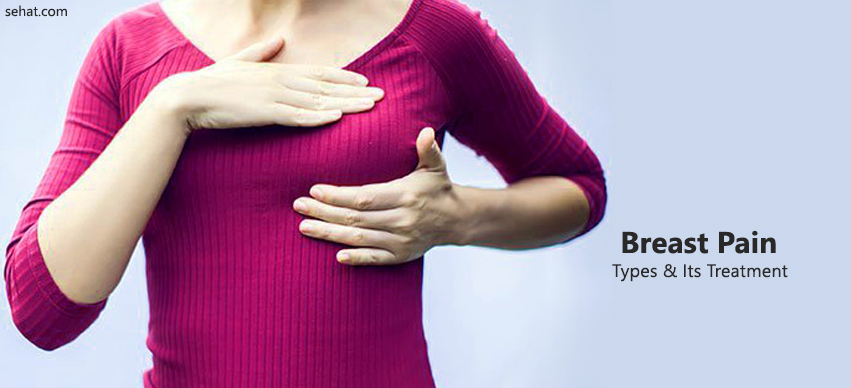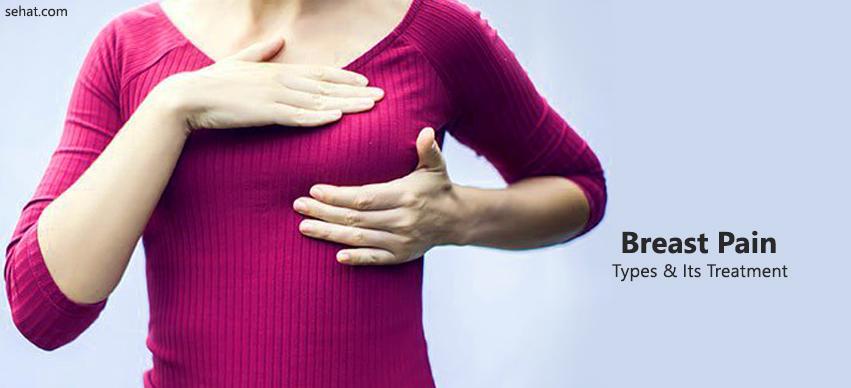Microplastics in Humans: Understanding the Risks and How to ..
8 Min Read


One of the most common breast problems among women is breast pain. It can range from mild to severe and in some cases, require treatment. Breast pain can affect one or both breasts or may even radiate into the armpit.
There are three types of breast pain;
This type of pain seems like it is related to changes that take place in hormone levels. In most cases, women feel increased pain in the breast before their menstrual period begins and a reduction in pain afterward. There can be pain with or without lumpiness of the breast caused by a fibrocystic condition. Because hormone levels can be affected by stress, stress can also play a role in breast pain.
This type of breast pain can affect both premenopausal and postmenopausal women. It may affect a particular part of the breast and in some cases, is known as "target zone" pain. It may affect both breasts, or just one. Some women may experience this pain for as long as 1 or 2 years, and then it disappears.
In some cases, this pain is a result of trauma to the breast while in others, it may be centered on the site of a previous breast biopsy. In the majority of cases, doctors do not know the cause of this type of continuous pain. Although cases of breast cancer are very rare in women with this type of pain, it still needs to be ruled out with tests.
This category is not an actual form of breast pain but is actually a type of chest pain that feels like it is in or coming from the breast. Known as Costochondritis, this type of arthritic pain originates in the center of the chest. It occurs in the area where the breastbone and ribs connect. The aging process and poor posture can result in increased stress on these joints and lead to pain. There are no changes in this pain with the menstrual cycle.
Breast pain is evaluated through the identification of its location and assessment of its pattern, including how long the pain lasts and its strength. It is also crucial to know how much the pain interferes with your day-to-day activities. An assessment by a doctor will include a physical exam, your medical history, and in some cases, a mammogram, which is an x-ray of the breast, or an ultrasound. In most cases, a surgical biopsy is not recommended. For a large percentage of women with breast pain, the most important reason to get a careful evaluation is to confirm and get reassurance that the pain is not due to breast cancer.
Treating breast pain can include lifestyle changes, medication, and diet changes.
It is important to wear a good, supportive bra as it helps in reducing excess movements of the breasts, which can be one of the causes of the pain. Also, you should learn how to relax your body completely so that stress-related hormones are reduced. Such hormones can affect the breasts. Many women have found visualization and meditation helpful in getting the mind quiet. It may be beneficial to start an exercise program as well.
Relieving pain with the help of medication is generally required only in cases of severe, debilitating pain. Anti-inflammatory or acetylsalicylic acid (ASA) medications may be prescribed if you have costochondritis. Because pain-relieving medications can have unwanted side effects, it is important to make some lifestyle changes that can help eliminate or reduce the pain.
Although there is no conclusive evidence that dietary change can reduce breast pain, many women have found it helpful too;
Breast pain can cause a lot of problems, especially in cases where the pain is severe. You should take proper care and make sure that you consult your doctor if you experience this type of pain. You can ensure that it is not a symptom of a serious condition and get proper recommendations to reduce the pain you experience.